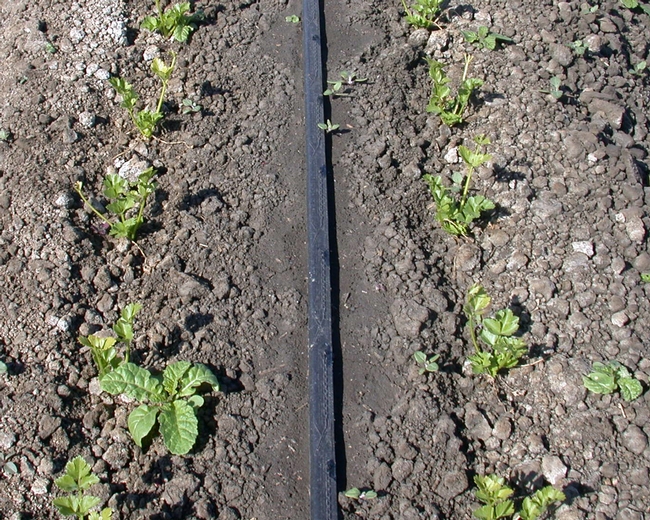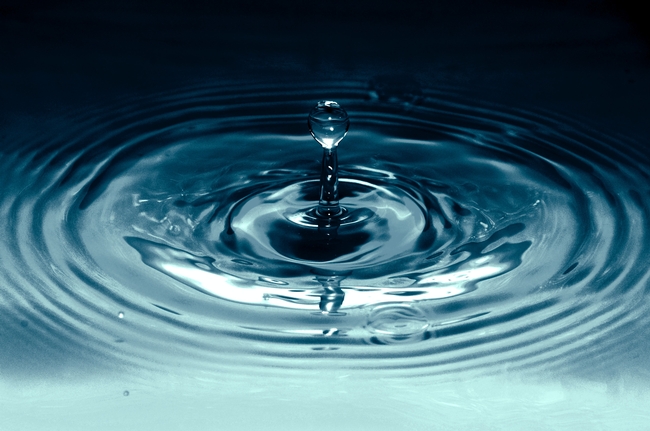
Posts Tagged: efficiency
Leaks an untapped opportunity for water savings
Reducing leaks a cost-effective way to save urban water without draining utilities
Before a drop of treated water in California ever reaches a consumer's faucet, about 8% of it has already been wasted due to leaks in the delivery system. Nationally, the waste is even higher, at 17%. This represents an untapped opportunity for water savings, according to a study from the University of California, Davis.
The study, published in the journal Environmental Research Letters, is the first large-scale assessment of utility-level water loss in the United States. It found that leak reduction by utilities can be the most cost-effective tool in an urban water manager's toolkit, provided utility-specific approaches are used.
“When I first heard about ‘leaks' I thought it sounded boring, but leaks are a huge component of our water systems and have a larger opportunity than many other water-saving methods to make an impact,” said lead author Amanda Rupiper, a postdoctoral scholar with the UC Davis Center for Water-Energy Efficiency. “As the first state to regulate its water losses, a lot of eyes are watching California, and this is an opportunity to impact policy here and elsewhere.”
Amid a multiyear drought, the passage of Senate Bill 555 in 2015 made California the first in the nation and among the first in the world to require water utilities to regulate their water losses.
Be specific
Using data from more than 800 utilities across California, Georgia, Tennessee and Texas, the authors characterized water losses across the country. They developed a model to assess the economically efficient level of losses, and used that model to compare various water loss regulations and modeling approaches.
The study found that one-size-fits-all approaches to leak management are not effective, economical or equitable for utilities, which vary in size and resources. Uniform approaches could lead to the mismanagement of urban water losses. However, applying utility-specific performance standards can deliver a similar amount of water savings at a profit for both utilities and society.
“Regulations that impose a uniform standard across all utilities will result in water reductions that are too stringent in some cases, too relaxed in others, and too costly overall,” the paper concludes.
Saving drips without draining utilities
Ideally, no leaks would occur in a system. However, while some leaks are obvious and accessible, others can be harder and more cost-prohibitive for some utilities to find and repair. The authors' model assessed when utilities could save the most water for their dollar to find and fix leaks in the system.
They found that for the median utility, it is economically efficient to reduce water losses by 34.7%, or 100 acre-feet per year. The median cost of water savings from leak management is $277 per acre-foot — cheaper than most traditional water management tools, including conservation campaigns and rebate programs.
“It's cost-competitive to do this and should be part of the profile of how we manage our water,” Rupiper said. “We tend to think of leaks as being a little drip, but leaks are not inconsequential. Drips add up to big flows, and we can't ignore them anymore.”
The study's co-authors include Frank Loge, Joakim Weill and Katrina Jessoe of UC Davis, and Ellen Bruno of UC Berkeley.
A Thought on the Integration of Automation in Berries
Just started reading the book Machine Platform Crowd which is about the second phase of this machine age.
Great read, but what is striking is the summary of electrification and its initial slow uptake in factories. Why did something so obviously superior to coal fired steam power not get adopted the instant it was introduced?
There were actually a number of reasons. The adoption of electricity in factories was impeded by manufacturers who were reluctant leave to behind what they already were familiar with and knew well, and at the time electricity was only a marginally superior to coal anyway.
The real gains from electrification were to be made only when some manufacturers stopped just replacing steam engines with electric motors and redesigned the entire system - by placing electric motors on the conveyor belts, assembly lines and overhead cranes - and took full advantage of the new technology. The full potential of electricity now realized brought to bear huge advantages in price of production and flexibility, saturating the market with goods and hammering less able competition into the ground.
A lucid reading of the above should make us realize in the berry industry that in fact we are in a similar dilemma with our fitful advance on integrating automation into our agriculture. Really profitable automation simply doesn't mean replacing people with machines in the same fields as before. If we learn our lesson well from the transition to electricity from steam, we probably have to look at changing a lot about the production system itself.
Can herbicides be activated with Drip-only irrigation?
Water prices are increasing and so are the...

3 May wet-chateau


